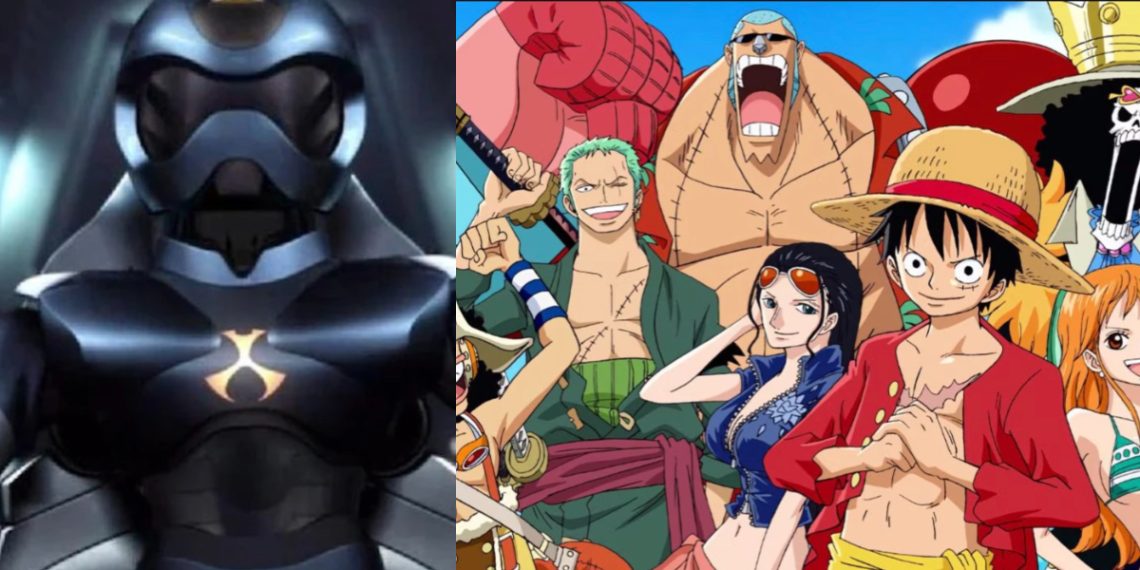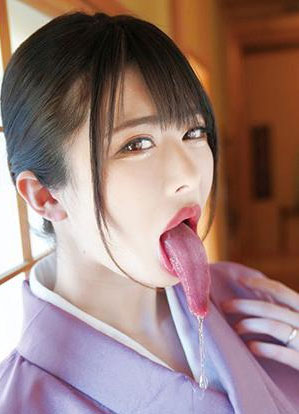There’s always a starting point that ignites human curiosity. International sensations, for instance, serve as gateways to find new cultures and languages. Introducing new forms of media can bring about positive outcomes, fostering enjoyment and understanding. Taking risks adds excitement to appreciating art, and animation, notably, embodies this sentiment.
Over the past twenty years, anime has surged in popularity in the West, largely influenced by Toonami.
Toonami, the programming block on Cartoon Network during the late ’90s and early ’00s, holds significant cultural importance warranting closer examination.

Anime transitioned from a niche interest reliant on fan-produced dubs and overseas deliveries to a unifying force, drawing people from diverse backgrounds.
Debates about characters like Goku and Naruto are no longer confined to small cliques; they’ve transcended into mainstream culture, evident in Goku’s presence at events like the Thanksgiving Day Parade. This shift owes much to Toonami’s efforts in broadening anime’s reach through airing remarkable shows.
Yu Yu Hakusho and the 9 Other Anime Series That Aired On Toonami
Here is a list of the top 10 most popular anime series that aired on Toonami.
10. Yu Yu Hakusho
Before Funimation tackled Dragon Ball Z, they ventured into dubbing with Yu Yu Hakusho, a classic supernatural shōnen where many of their in-house dub actors found their stride.
Widely regarded as one of the most influential anime series of all time, Yu Yu Hakusho’s English dub is often praised even more highly than its Japanese counterpart.
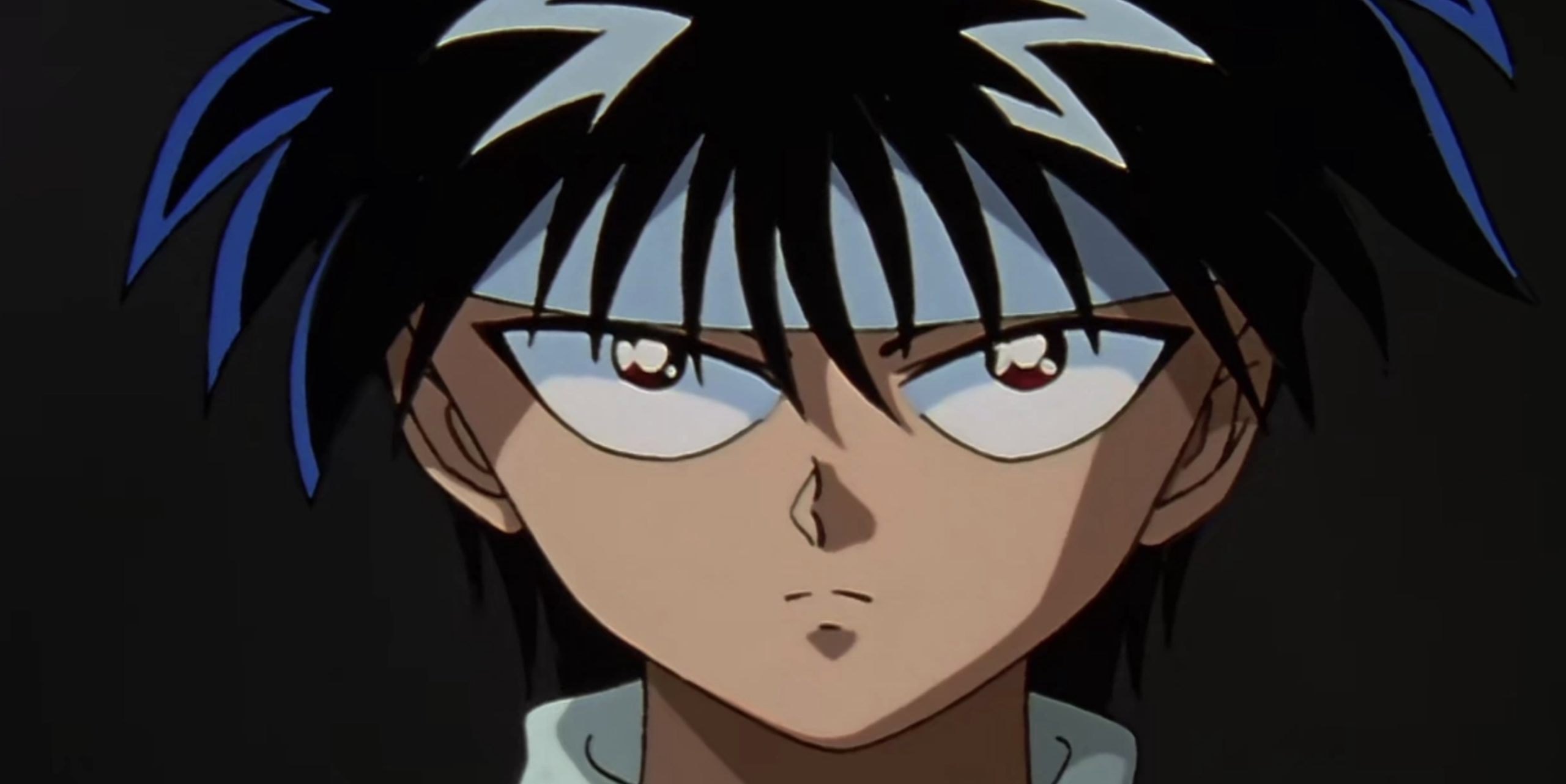
A longstanding internet rumor suggests that Togashi, the original mangaka, may prefer the English dub over the original Japanese version.
While confirming this rumor is challenging, Justin Cook’s portrayal of Yusuke Urameshi stands out as one of the finest performances in anime.
Yu Yu Hakusho’s impact extends beyond its own series, as it paved the way for subsequent titles like Jujutsu Kaisen and Bleach. It remains one of the standout shows introduced to American audiences through Toonami.
9. Samurai Champloo
Cowboy Bebop holds a revered status in the anime community, often casting a long shadow over its spiritual successor, Samurai Champloo. Despite this, Samurai Champloo made a significant impact, especially during the late-night iteration of Toonami during the Adult Swim era, characterized by reduced censorship and more mature content.

The early 2000s marked a period of evolution in anime animation, with music incorporating more hip-hop influences and scenes becoming increasingly fluid. While Samurai Champloo may not reach the same heights as Cowboy Bebop, it carves out its own niche, offering a distinctively stylish and enjoyable experience.
8. Dragon Ball
Toonami aired Dragon Ball Z before Dragon Ball, and the journey of how it reached American audiences is intricate, spanning various shifts in distribution methods. However, the series eventually found its way to America in a format that allowed it to be appreciated by many.
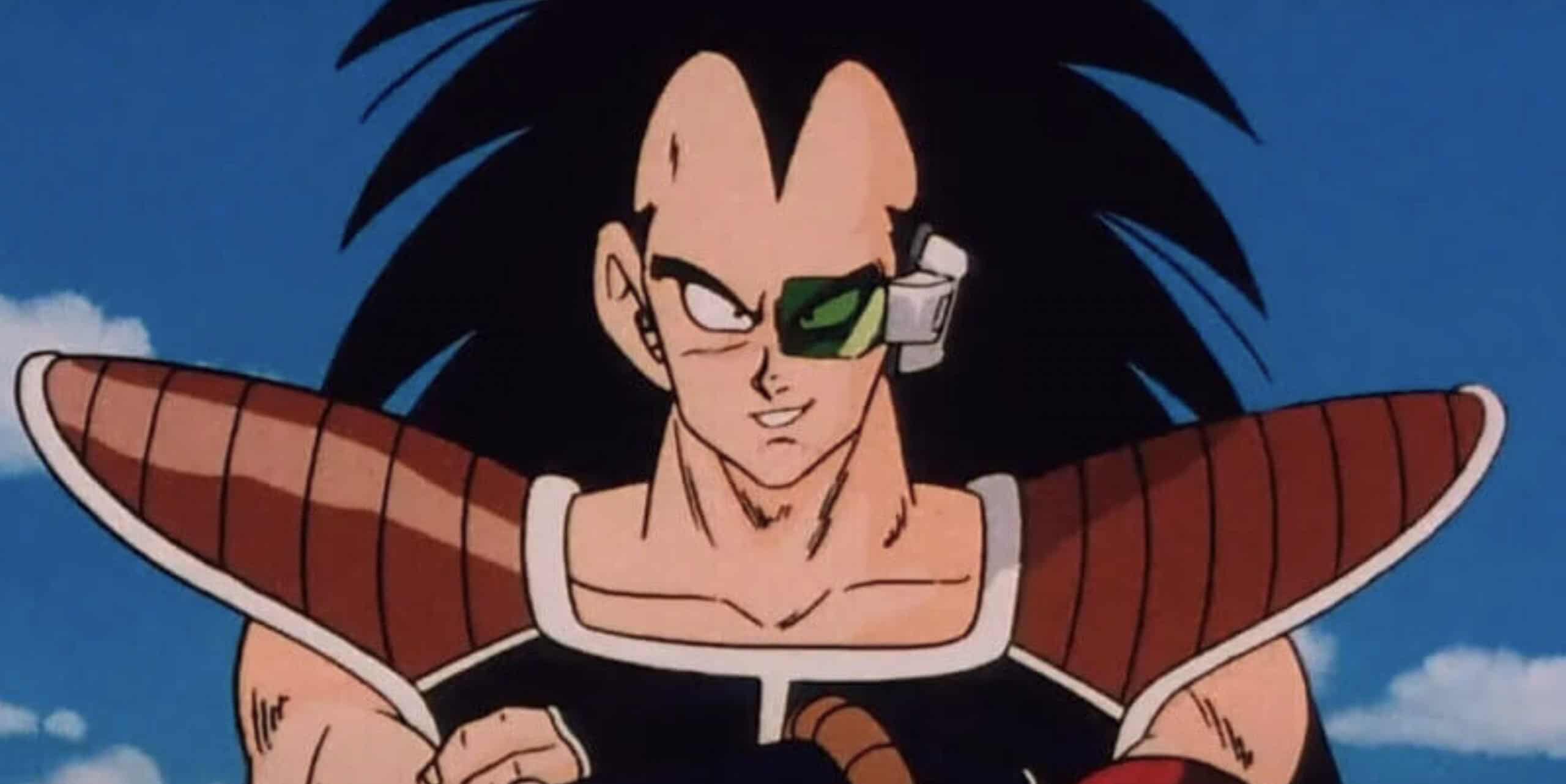
Dragon Ball holds a significant place in the shōnen anime for good reason; Goku’s original adventures remain a delight to watch. While certain aspects may show signs of aging, much of the series retains a timeless quality.
Akira Toriyama’s creations received considerable attention on Toonami, and Dragon Ball stands as one of the finest anime ever featured on the platform.
7. Fullmetal Alchemist
While Fullmetal Alchemist: Brotherhood adheres more closely to the manga, the initial adaptation of Fullmetal Alchemist remains a remarkable anime in its own right. It’s not uncommon in anime history for adaptations to surpass their source material. The Hellsing franchise serves as a prime example of this phenomenon. To bridge gaps or extend storylines, animators sometimes introduce filler content, as seen in Black Butler.
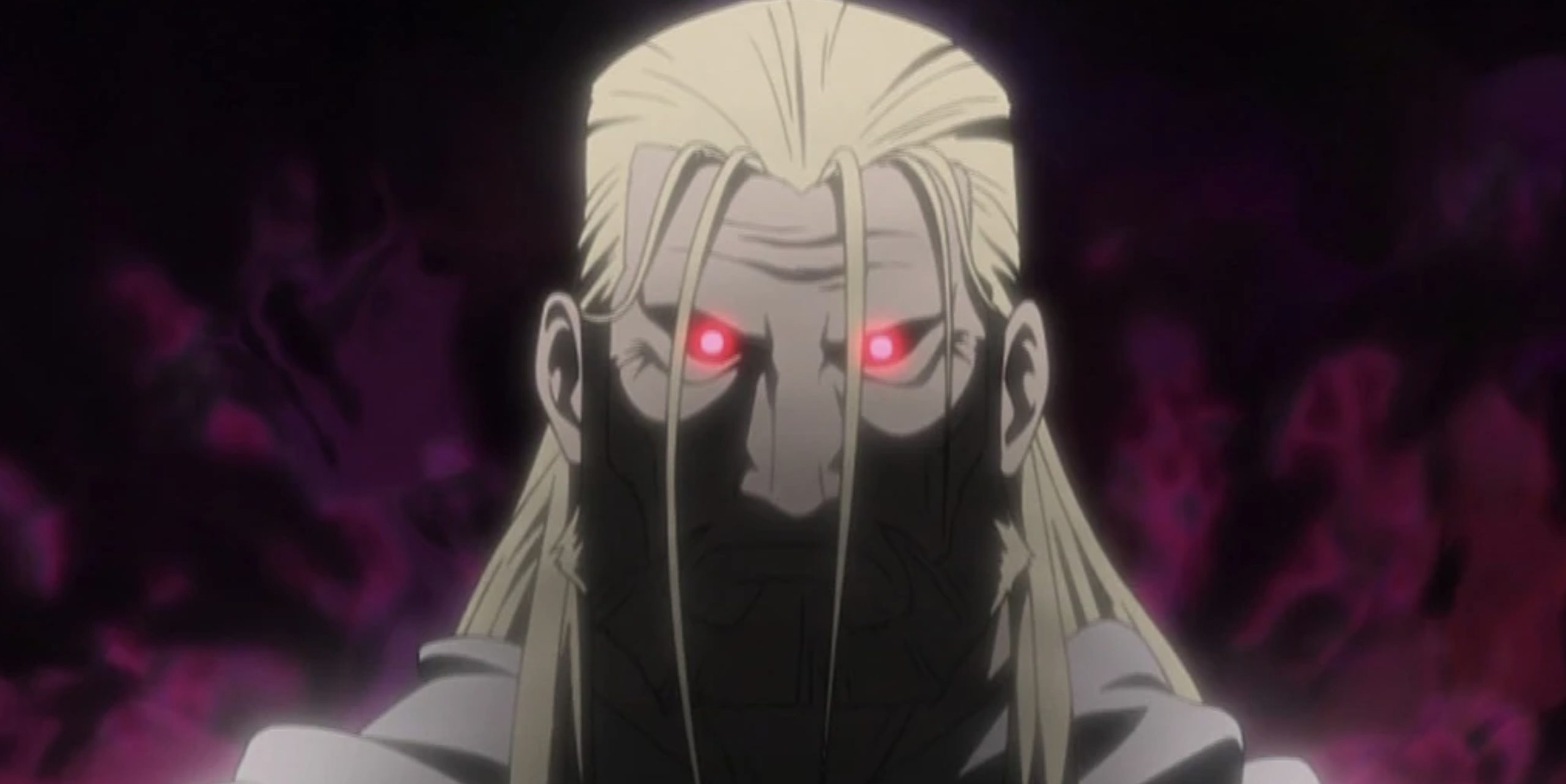
In the cases of Hellsing and Fullmetal Alchemist, the anime diverged from the manga to craft their own narratives. For Fullmetal Alchemist, this decision allowed earlier story arcs to receive greater attention than they would in Brotherhood. This focused attention on earlier events heightened their impact, contrasting with Brotherhood, which reserved its climax for later episodes.
6. Rurouni Kenshin
Rurouni Kenshin is a title that is inevitably tied to the tainted reputation of its creator, a key point that cannot be overlooked, especially as anime fans grapple with the concept of the “death of the author.” Discussing the acclaimed series often requires acknowledging the reprehensible actions of its creator.
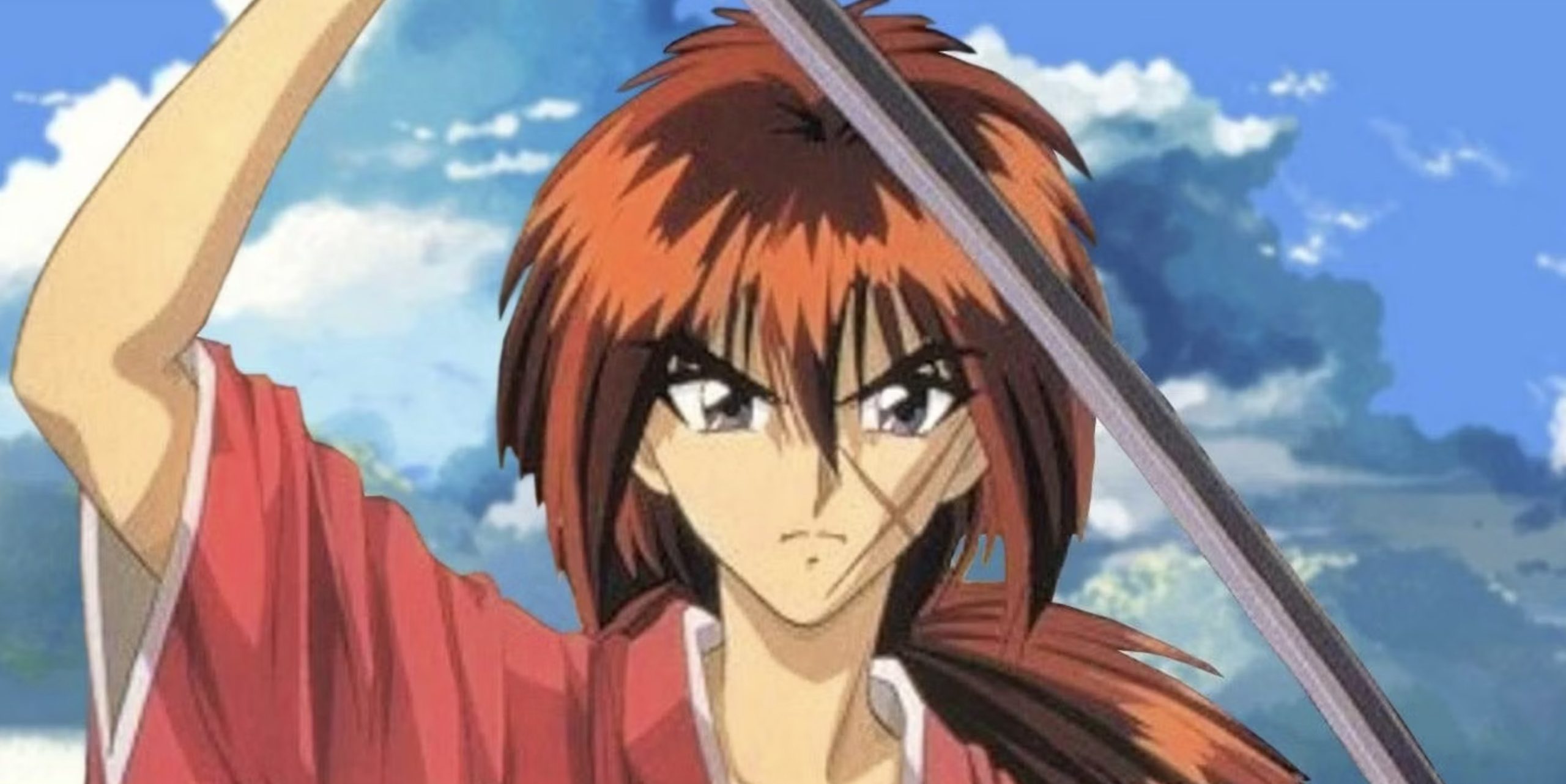
However, despite this context, Rurouni Kenshin’s airing on Toonami provided Western audiences with a distinct anime experience. The series holds significant influence, even manifesting in the design of Tanjiro in Kimetsu no Yaiba: Demon Slayer.
5. Demon Slayer
Demon Slayer has indeed captured global attention, making its inclusion in Toonami’s revival a logical choice. The franchise’s stylish aesthetic, drawing inspiration from woodblock art with its bold lines and sharp angles, combined with flashy animation techniques, contributes to its widespread appeal.
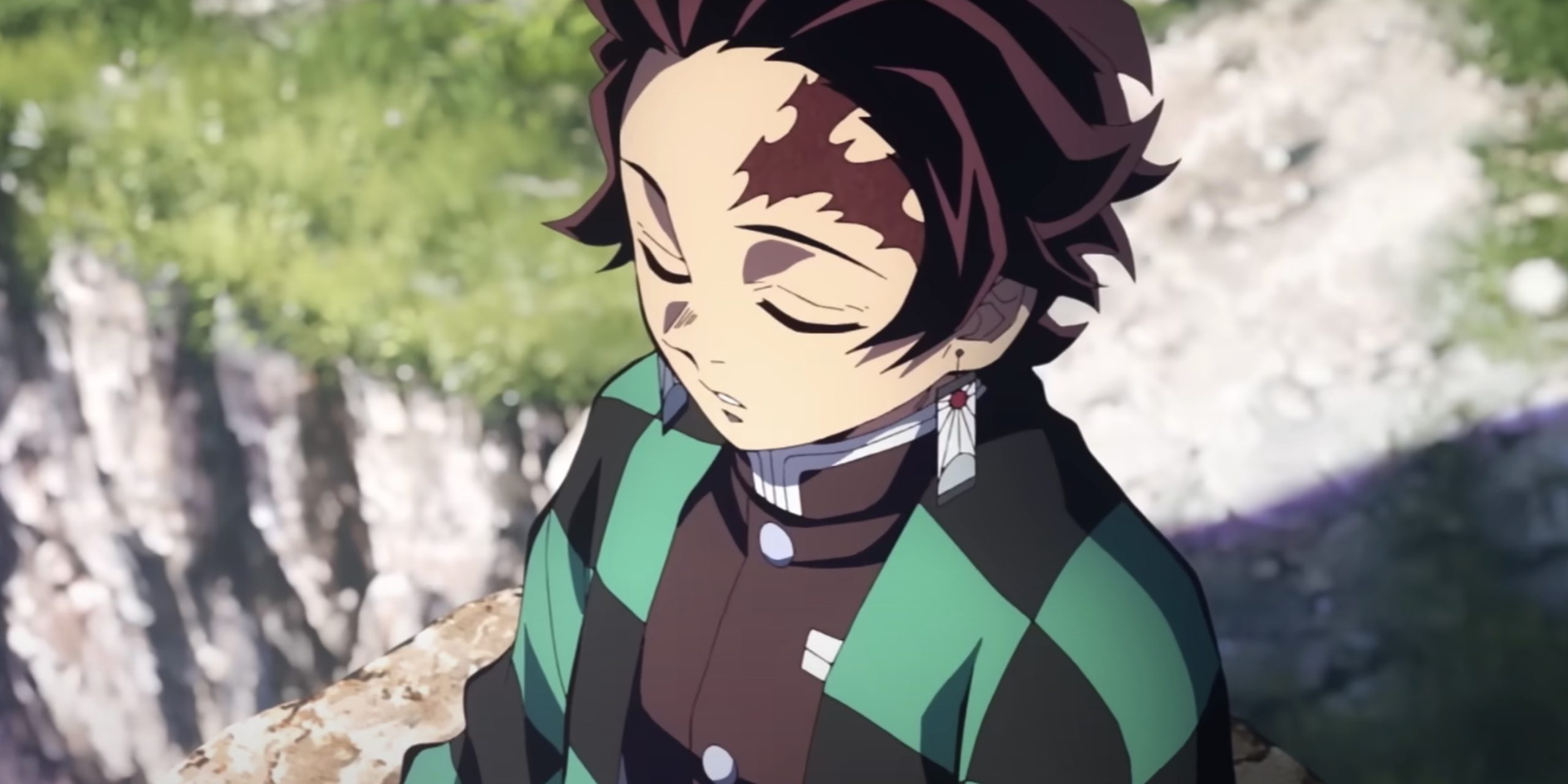
Demon Slayer’s stunning visuals, coupled with its engaging storytelling, have propelled its success, particularly evident in the popularity of its movies. Its presence on Toonami reaffirms the block’s enduring cultural influence, even in the face of competition from streaming services.
4. Dragon Ball Z
“Rock the Dragon!” That iconic Bruce Faulconer soundtrack may be a rarity to find these days, but for a subsection of millennials, that electrifying guitar riff is forever etched in their memories. Dragon Ball Z served as the gateway to anime for many fans of that generation.
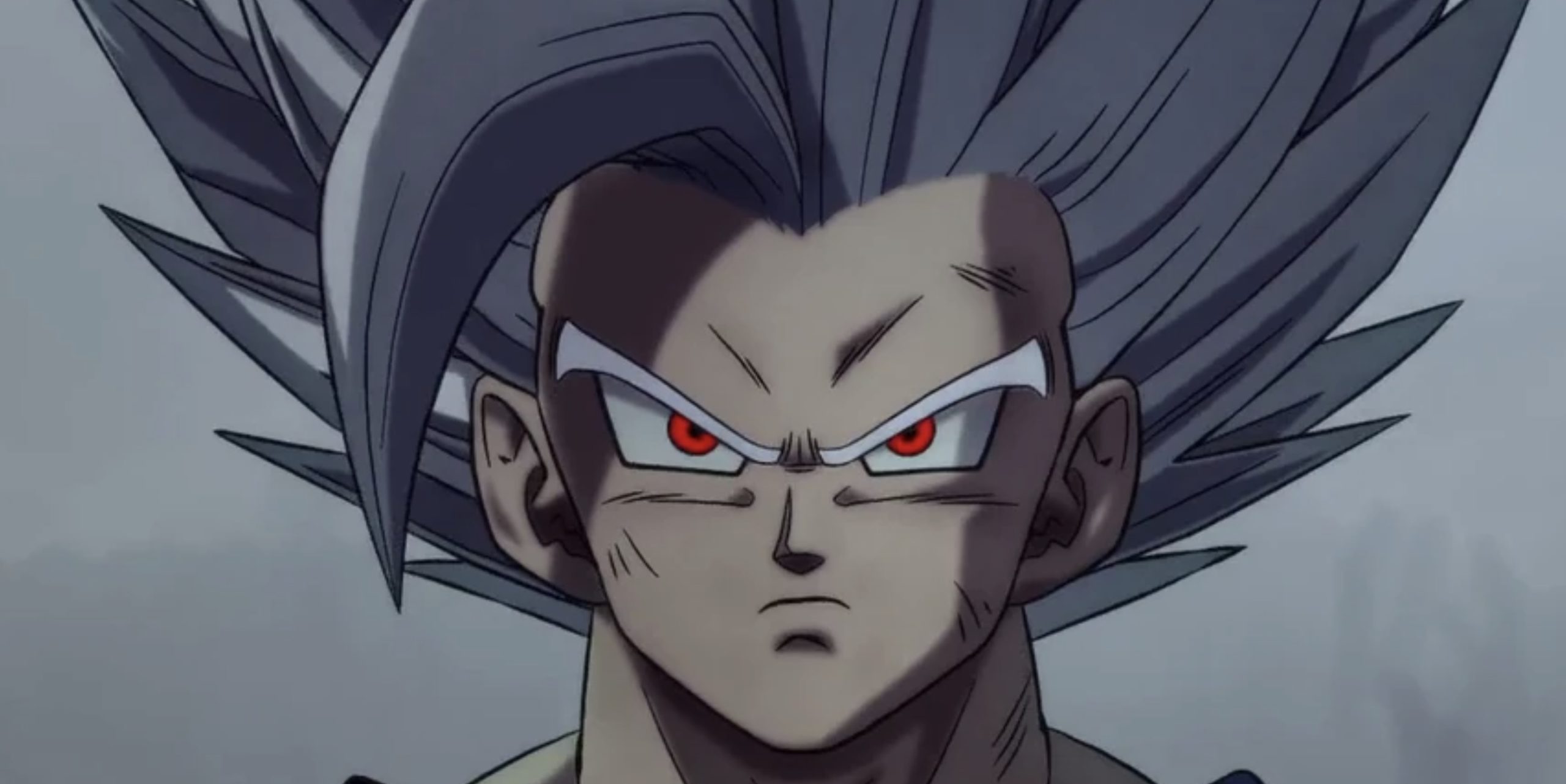
Despite enduring some residual trauma from the Raditz fight’s repetitive dubbing issues, anime fans hold a special affection for the series. Dragon Ball Z reigns as the epitome of ’90s battle shōnen, and its undeniable success played a significant role in bolstering Toonami’s popularity, and vice versa.
3. Naruto Shippuden
Naruto and Naruto Shippuden hold immense significance in the expansion of anime fandom in the Western world, akin to Dragon Ball, Sailor Moon, and Pokémon. It’s easy to overlook how niche-loving anime was in the ’90s and early ’00s.
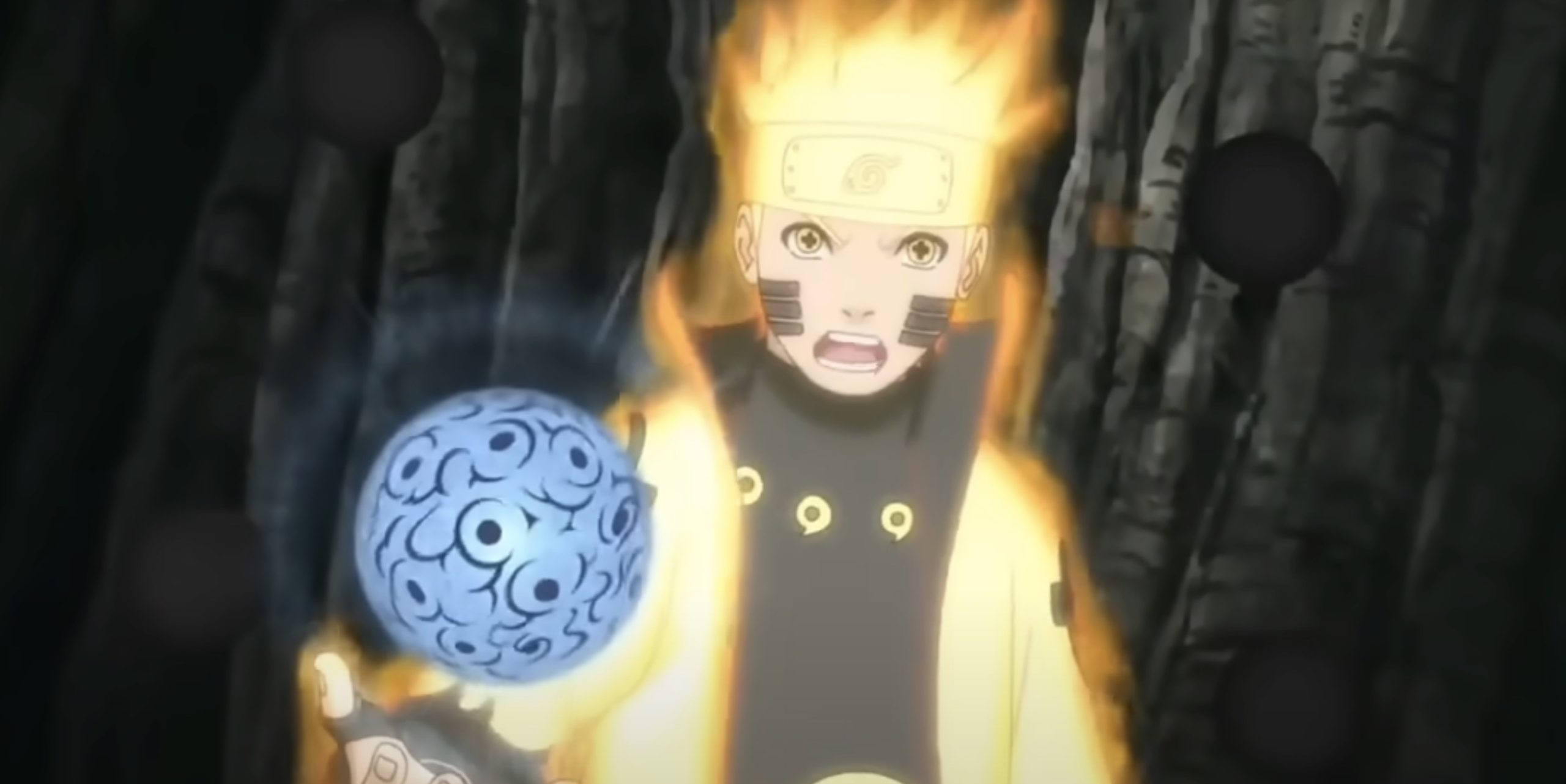
The surge in anime’s popularity during the 2010s owes much to Naruto Shippuden. Naruto’s narrative resonated deeply with Western audiences, and the series’ enhanced animation, voice acting, and intricate plotlines tapped into an unanticipated demand. Similar to Goku’s iconic status, Naruto emerged as an enduring symbol, with Toonami playing a pivotal role in his ascent.
2. Hunter X Hunter
The sporadic releases and prolonged hiatuses of the Hunter x Hunter manga often elicit frustration from fans, likely compounded by Togashi’s own anxieties surrounding the series.
However, the anime adaptations have been consistently outstanding, with the 2011 version holding a special place in fans’ hearts and seamlessly fitting into programming blocks like Toonami.
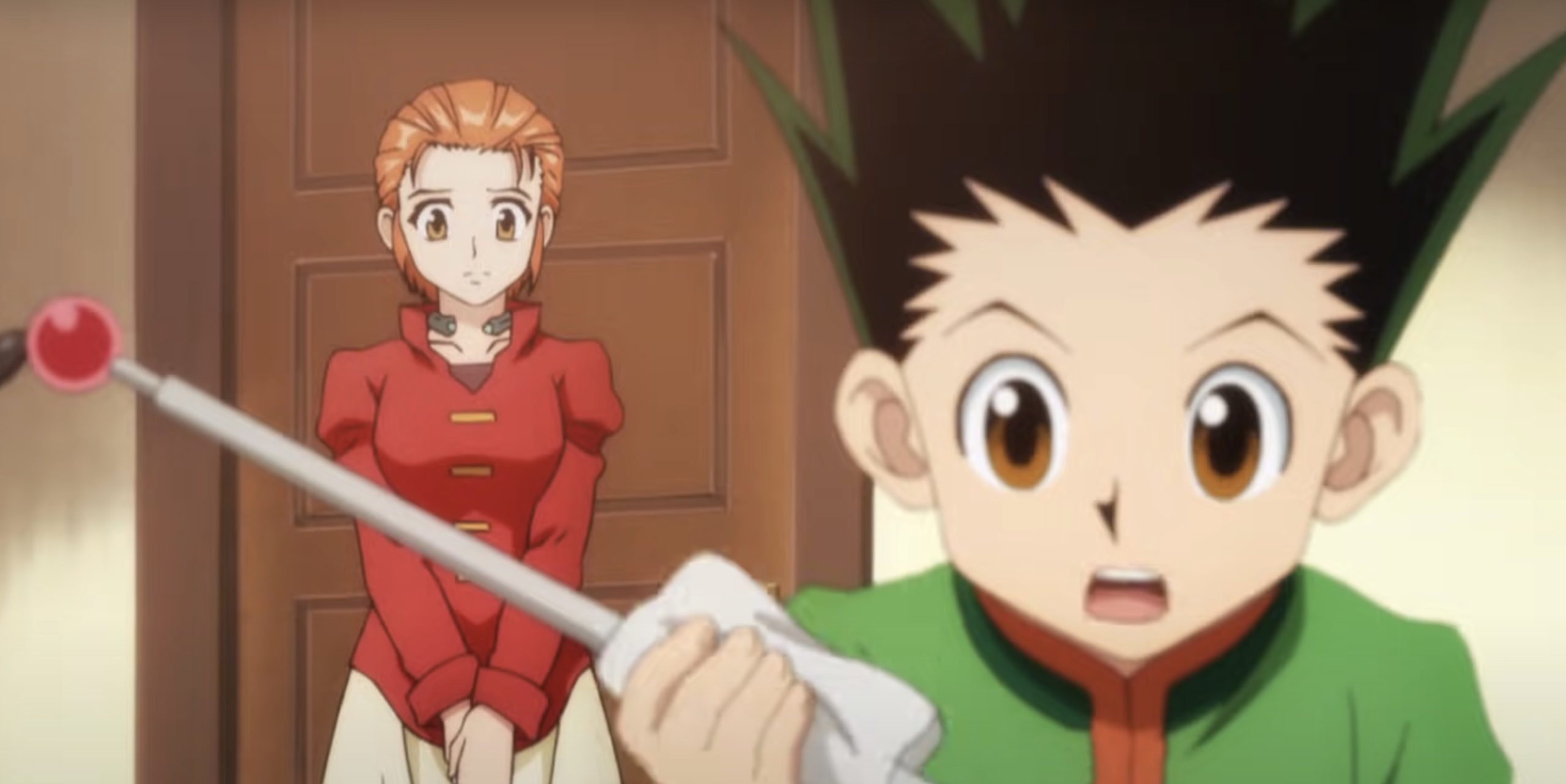
Hunter x Hunter is celebrated for its richly developed characters, exhilarating action sequences, and engaging power system. While Yoshihiro Togashi enjoys widespread admiration as a mangaka, Hunter x Hunter serves as a witness to his talents, showcasing a culmination of his skills and providing ample reasons for fans to cherish it.
1. One Piece
It’s impossible to discuss anime without mentioning One Piece, a colossal presence in the animation. While the original anime aired on Fox with its memorable 4Kids dub and quirky rap opening, it was Toonami that provided the ideal platform for One Piece to truly shine.
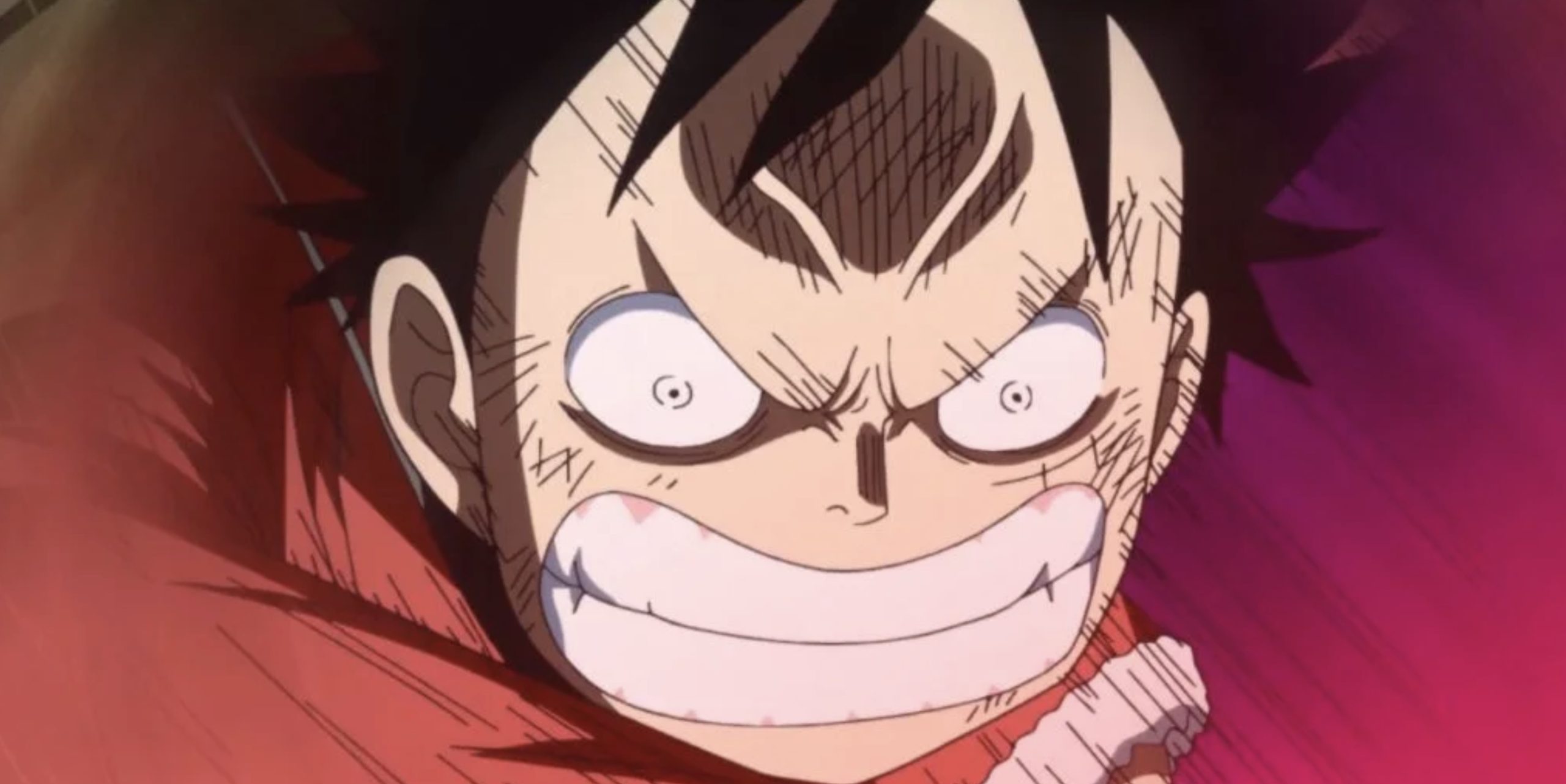
As the most popular ongoing anime, One Piece’s enduring appeal is readily apparent. As the sole survivor of the original Big Three shōnen, the series has had ample time to cultivate its characters and narrative.
Toonami offers the perfect venue to experience the excitement of One Piece on a weekly basis, and there are no indications that the series will be slowing down any time soon.
Memes of the Day
Gwenpool (Watashi tachi Icya-Love Shimashita)

